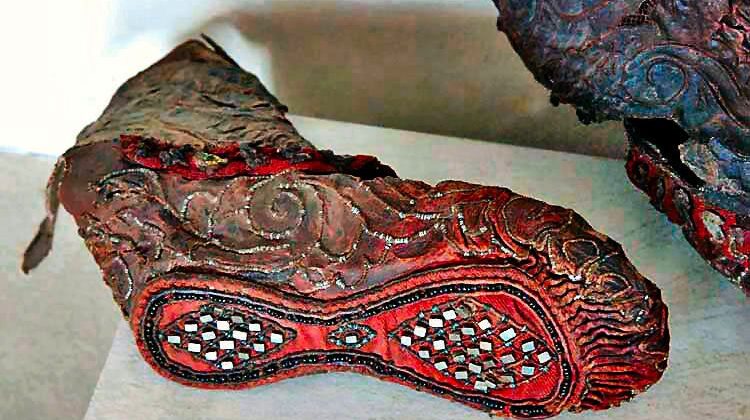
Discover the secrets of ancient Scythian craftsmanship and uncover a fashion masterpiece that has endured for millennia.
In the heart of the Altai Mountains, a remarkable discovery has captivated historians and fashion enthusiasts alike. A 2,300-year-old Scythian woman’s boot, adorned with intricate beadwork and preserved in near-perfect condition, offers a glimpse into the sophisticated style and craftsmanship of this nomadic ancient civilization.
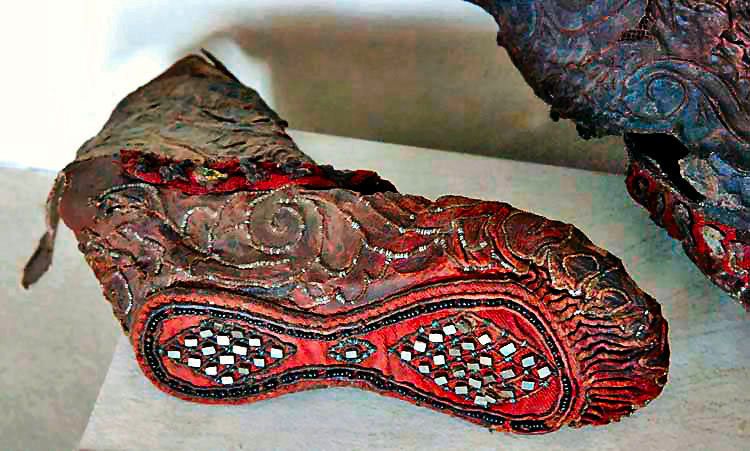
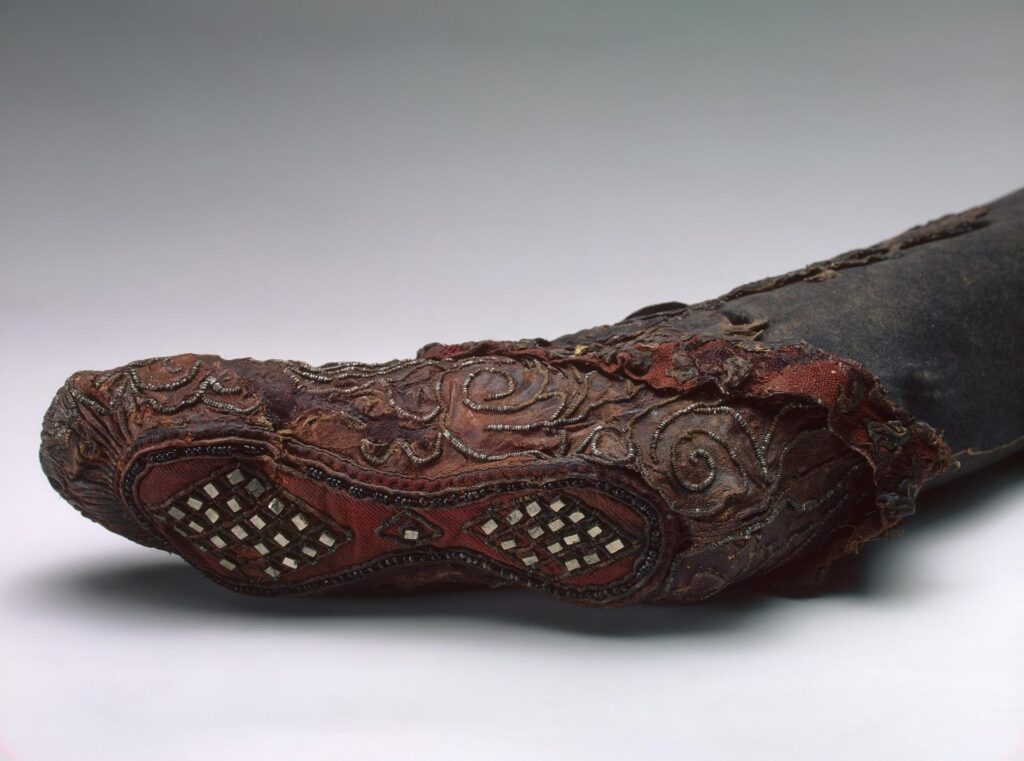
Unearthed in 1948, the boot is believed to have belonged to a high-ranking woman, possibly due to its exceptional quality and ornate design. The sole, crafted from soft red leather, features a geometric pattern embellished

with pyrite crystals and black beads. The meticulous attention to detail and the use of precious materials suggest that this boot was not merely a functional item, but a symbol of status and wealth.
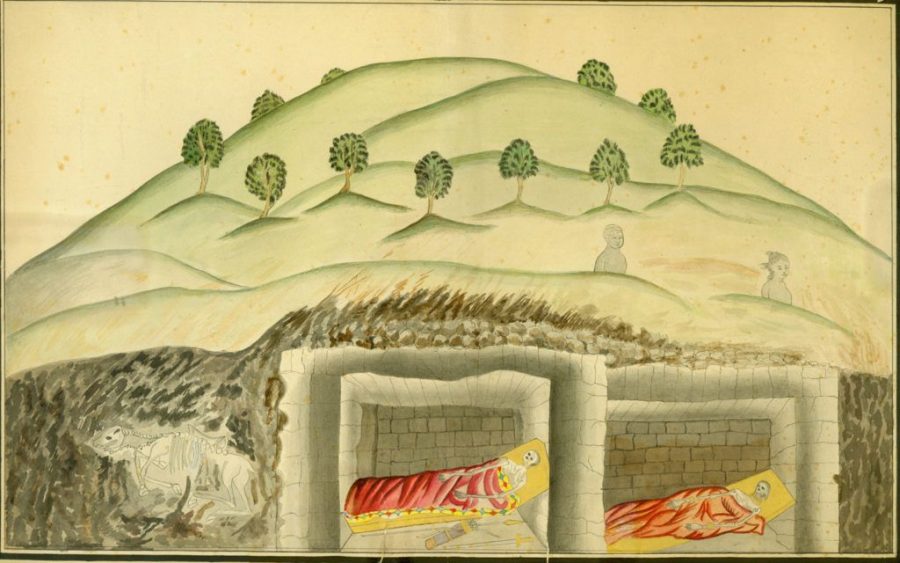
Preserved by the permafrost of the Altai Mountains, the boot provides invaluable insights into Scythian culture and fashion. The Scythians were a nomadic people who roamed the Eurasian steppe, leaving behind a rich legacy of art, metalwork, and burial practices. Their burial rituals, which included placing the deceased with their possessions and horses, ensured the preservation of many artifacts for centuries to come.
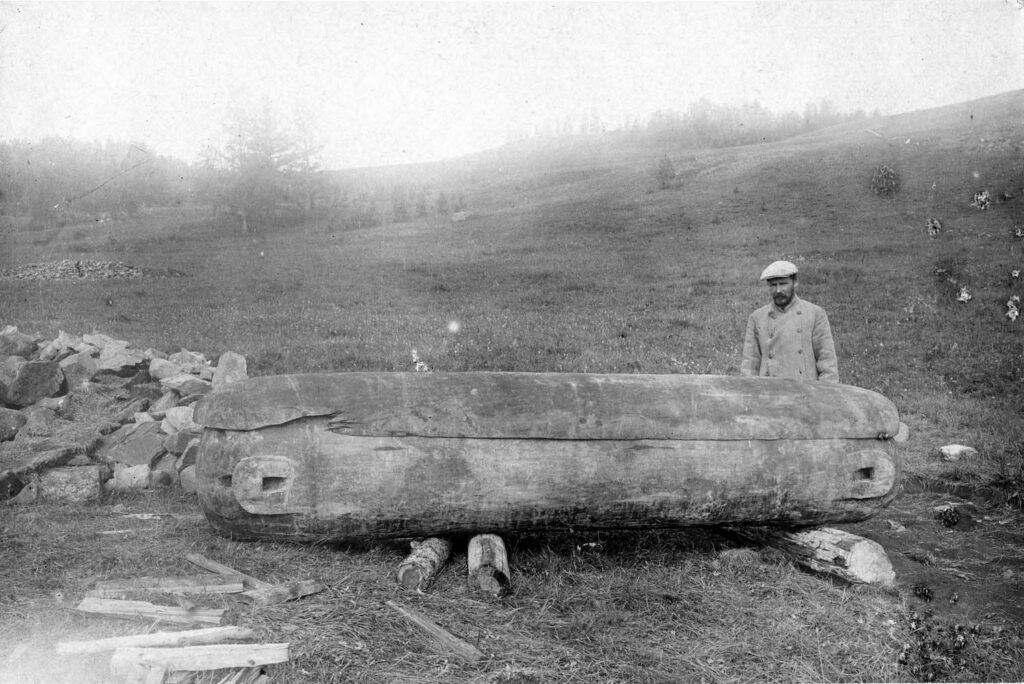
The boot’s discovery has sparked a great deal of interest and speculation among historians and fashion experts. Some believe that it was specifically made for burial, while others suggest that it may have been worn by a woman who did not need to walk much. The intricate beadwork on the sole, which would have been visible when the wearer was sitting, highlights the importance of appearance and self-expression in Scythian society.

The discovery of this stunning boot is a testament to the enduring power of fashion and the ingenuity of ancient civilizations. It serves as a reminder that even in the face of time, beauty and craftsmanship can transcend generations.
